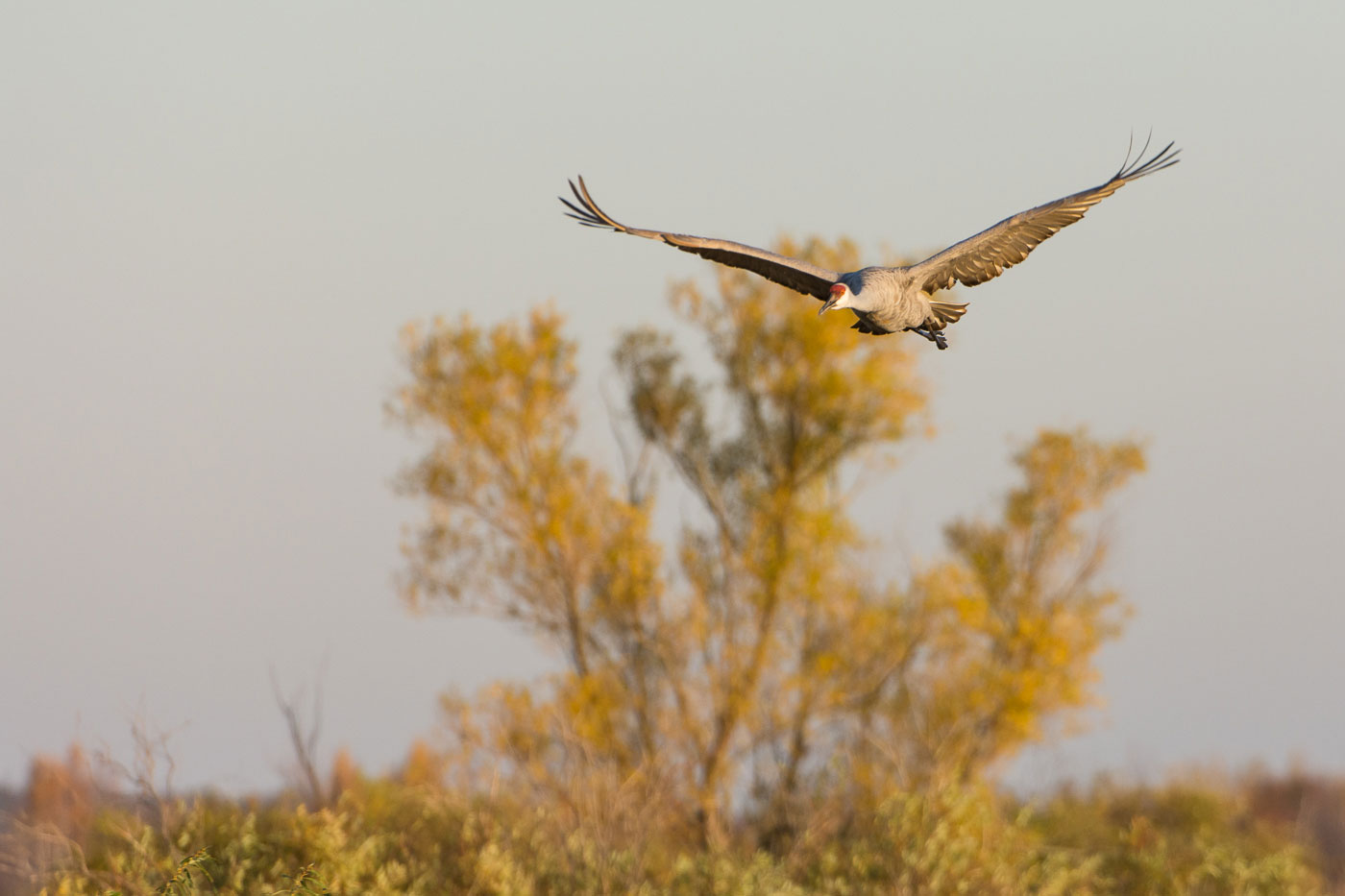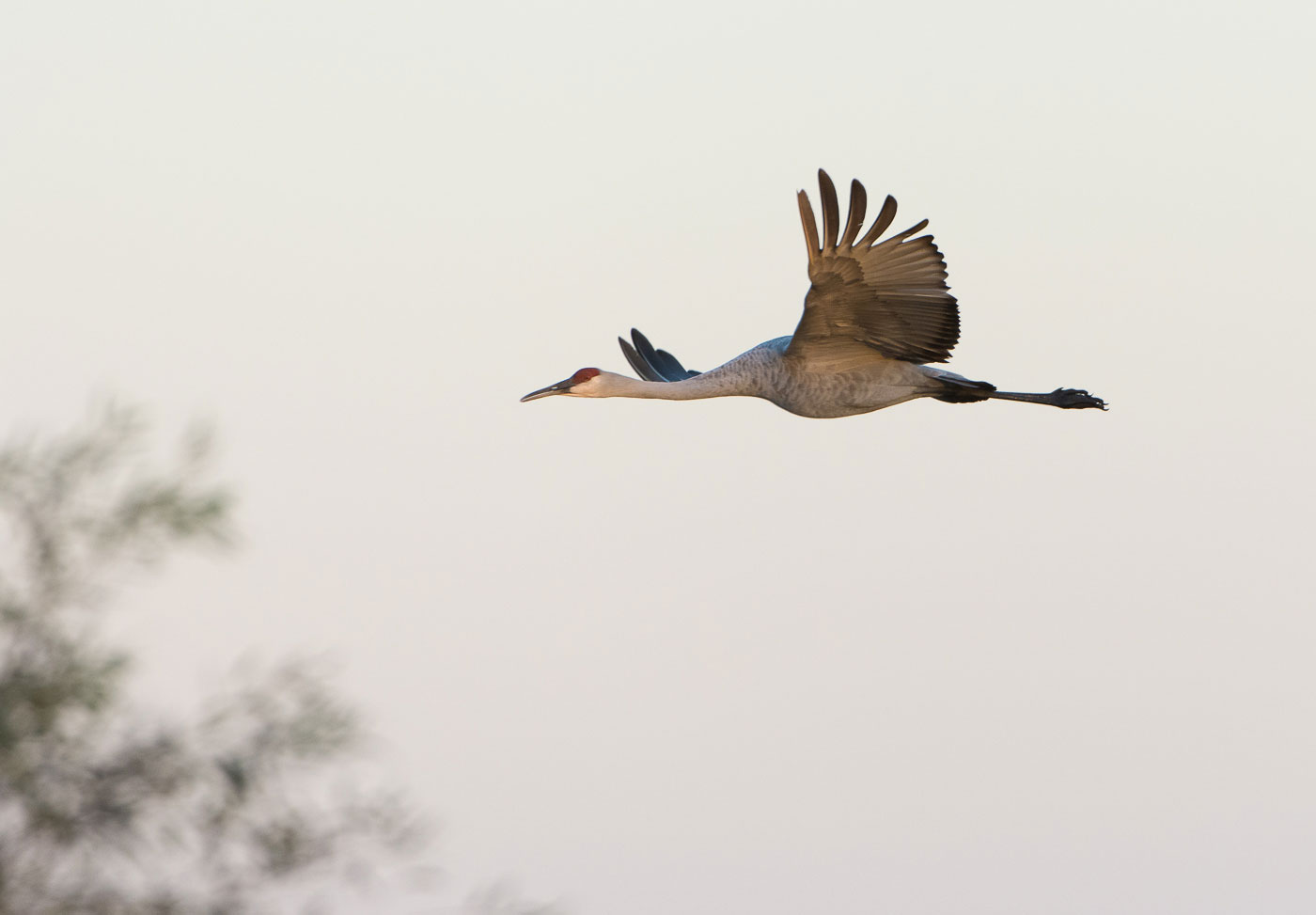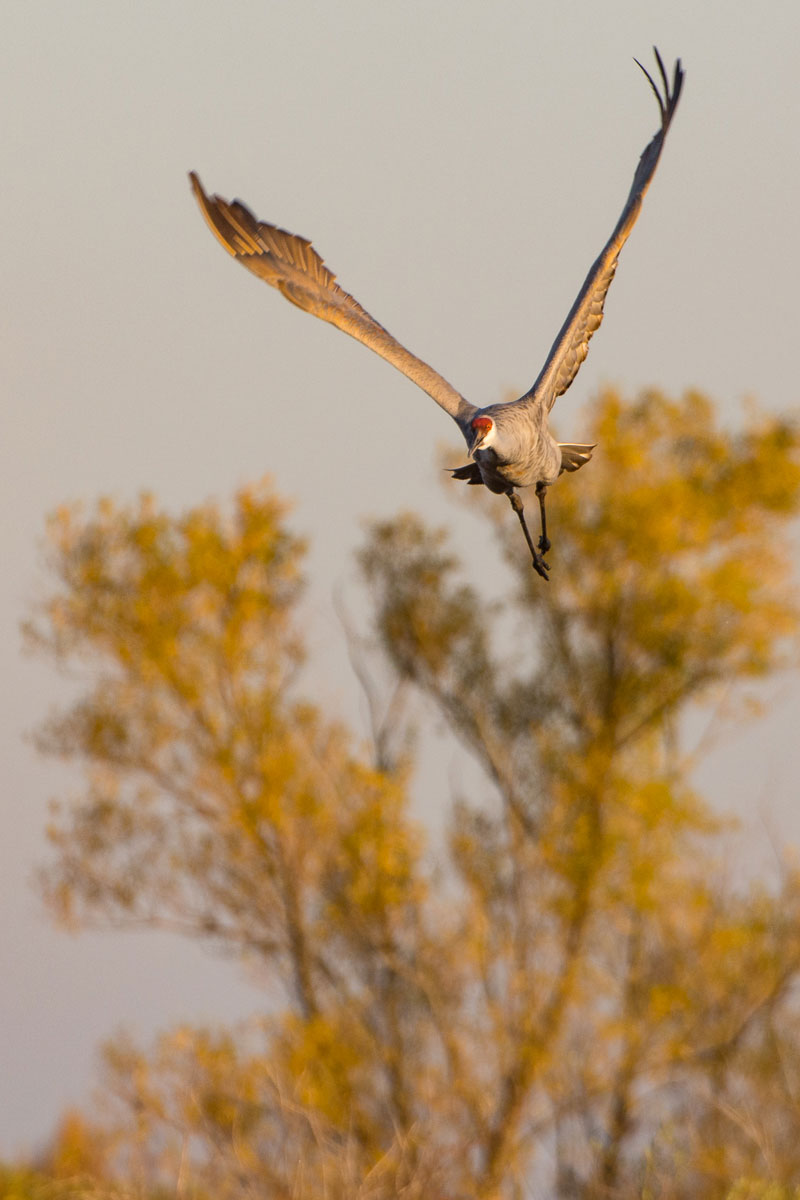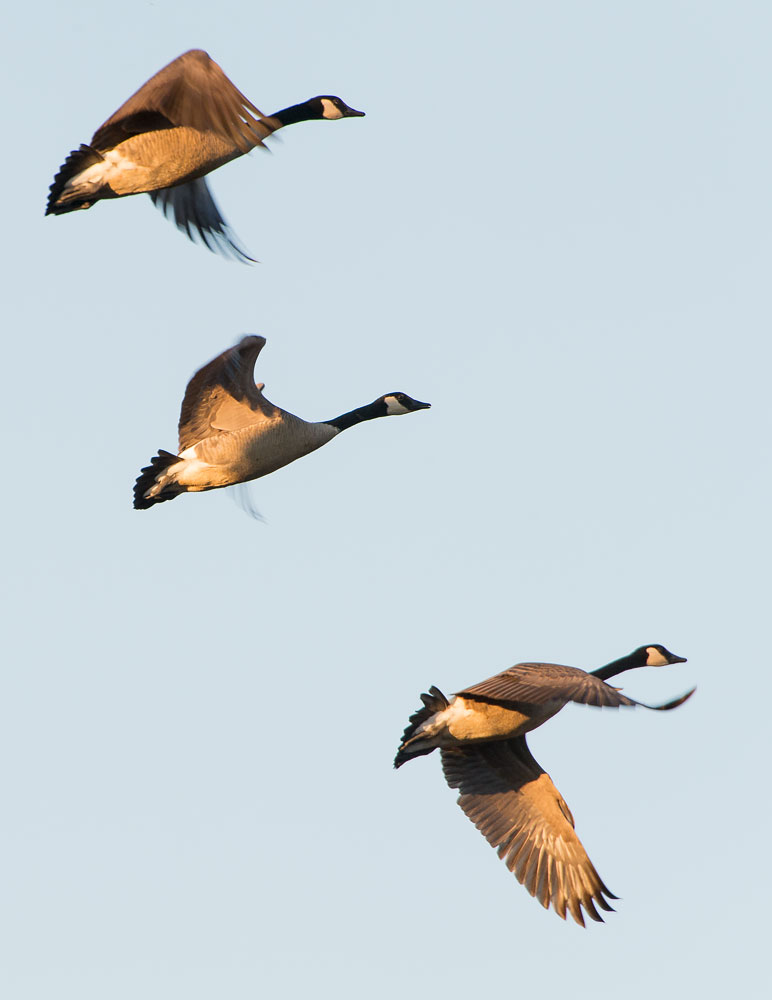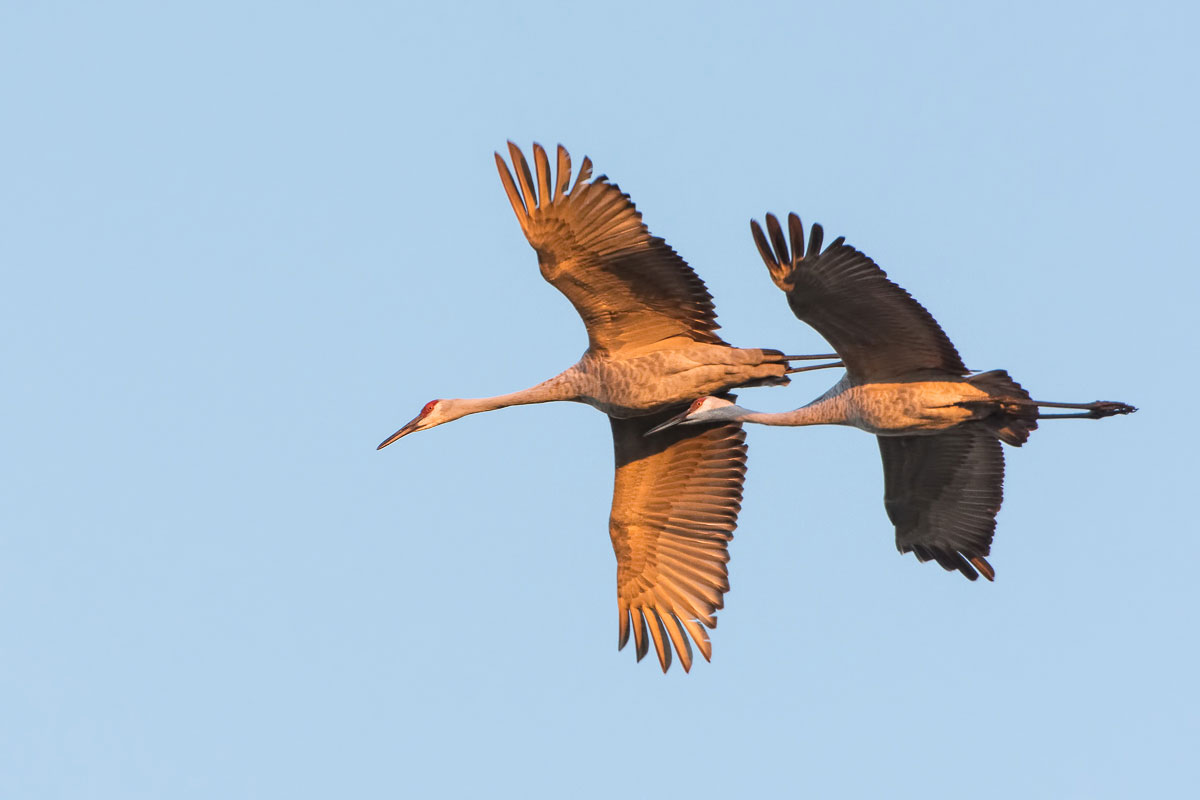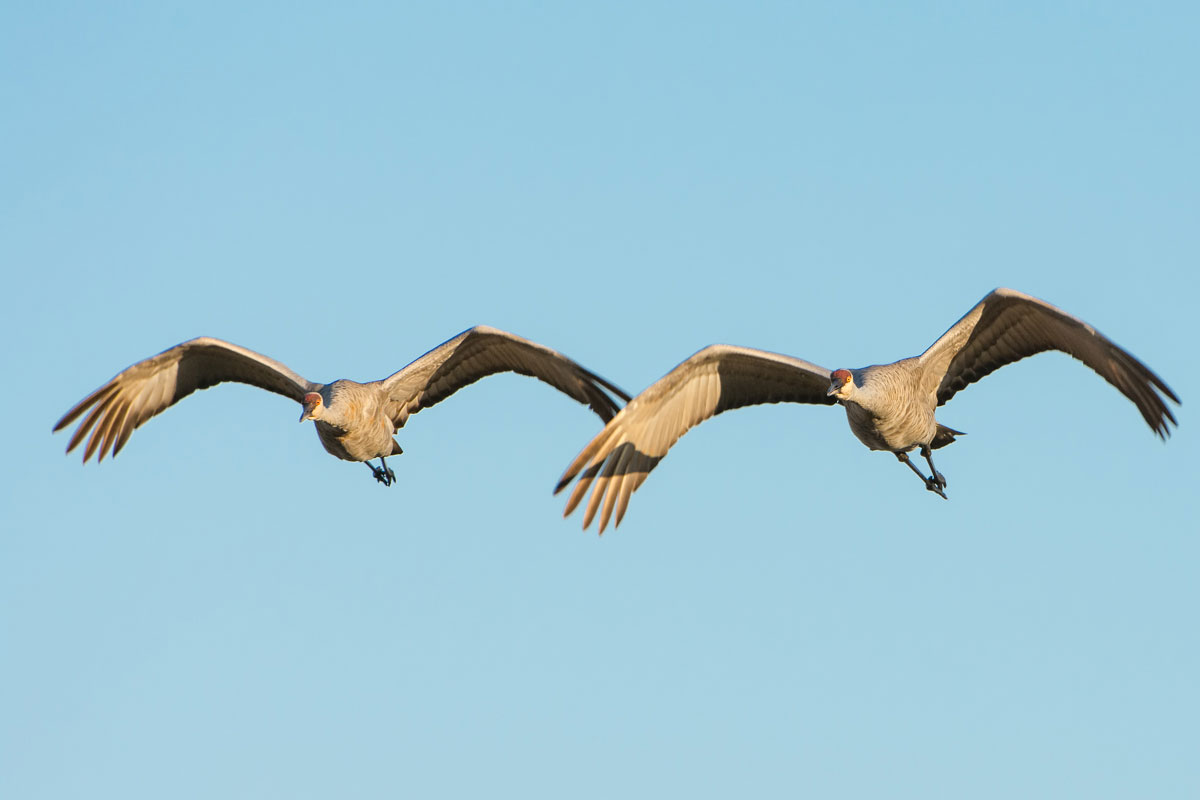Few things are more exciting than an intimate encounter with free ranging wildlife. The adrenaline rush is like a thrill ride with a hint of fear and ecstasy that fades as fast as it appears. So intense are the feelings, wildlife photographers can become addicted to the rush, and will experience withdrawals when deprived of the opportunity to make images in the field. The obsession to be close is evident by what we deem to be a successful image. We photographers often speak about filling the frame, or that no lens is long enough; yet the products, an ultra tight portrait or bust shot that allows the viewer to count every hair, are often some of the most boring photographs. Throughout the years, I have found that many of my most compelling wildlife images are those where the environment and light are as prominent as the subject. While portraits have their place and often elicit a “wow” factor, they tend to impress other wildlife artists but do little to evoke emotions in the causal viewer. In contrast, wildlife landscapes are dynamic. The play between light, environment and subject invites the viewer to morph their own life experience with the non-human subjects captured by the artist. In fact, the wildlife landscape can become a catalyst for change and a transformative experience for the viewer. These types of photographs often promote thoughts about preservation and the compulsion to conserve. Herein lies the power of wildlife photography, and a reason for us to pursue the rush.
The Migration
Nikon D500 + Nikon 200-500mm f/5.6VR
©2000-2016 BTLeventhal.com / Bruce & Tamy Leventhal. All rights reserved. No image on this site may be used without permission.
